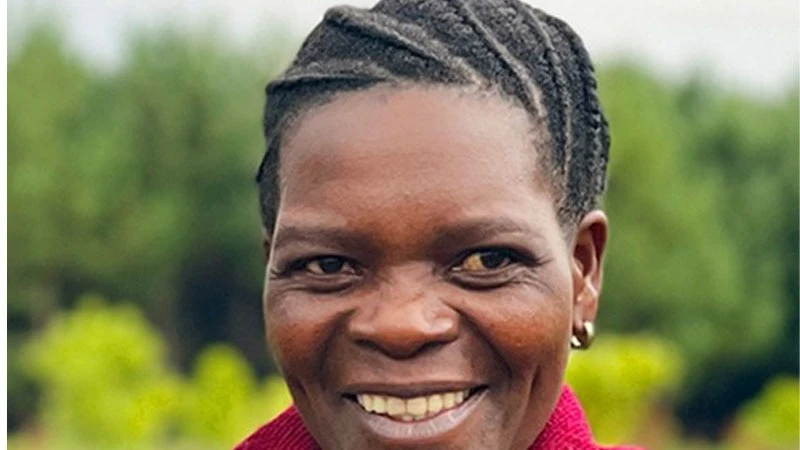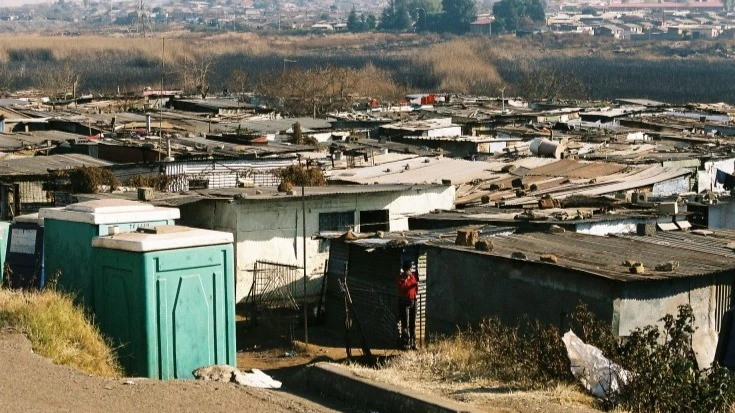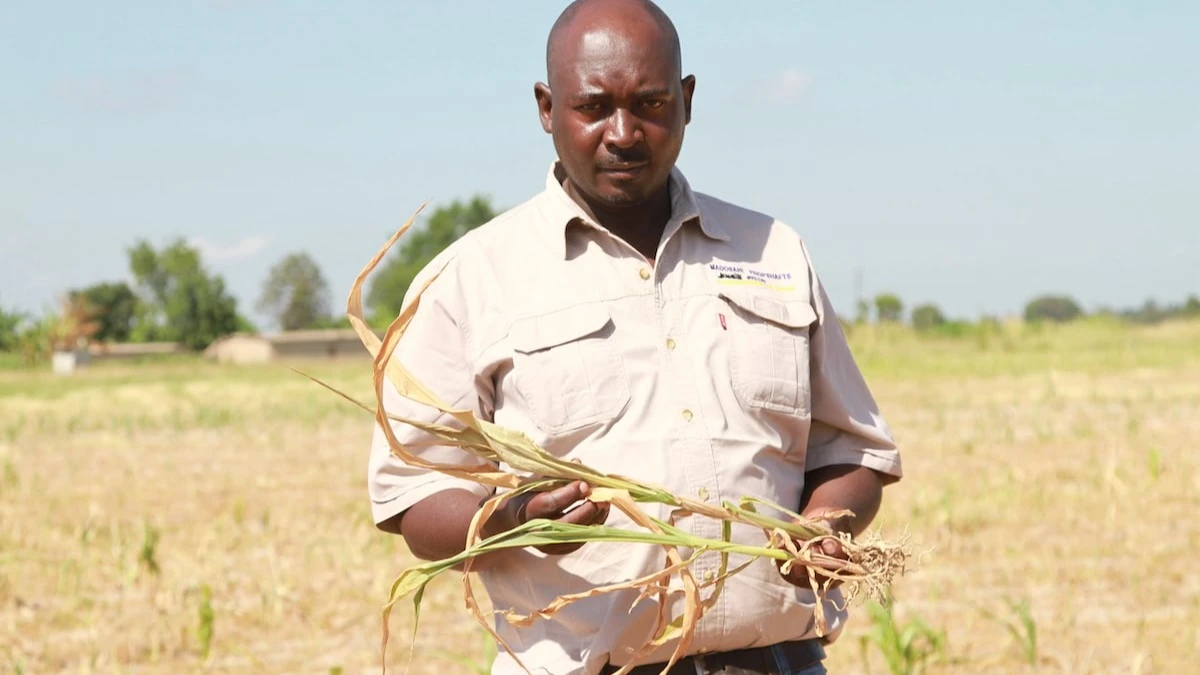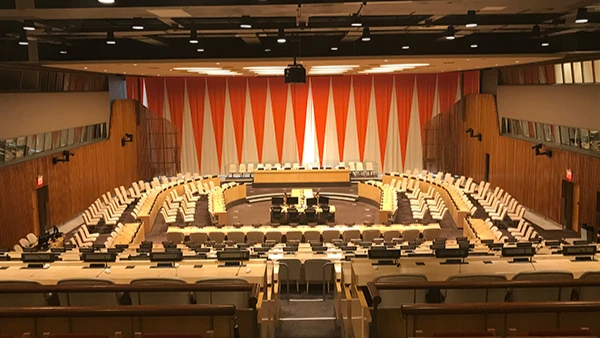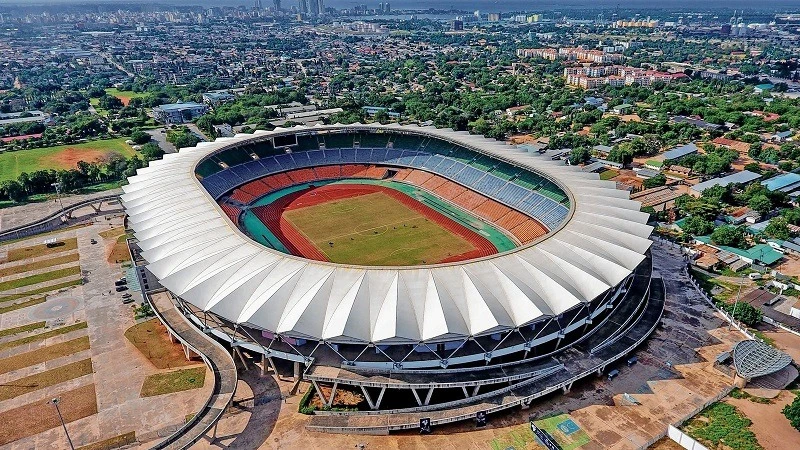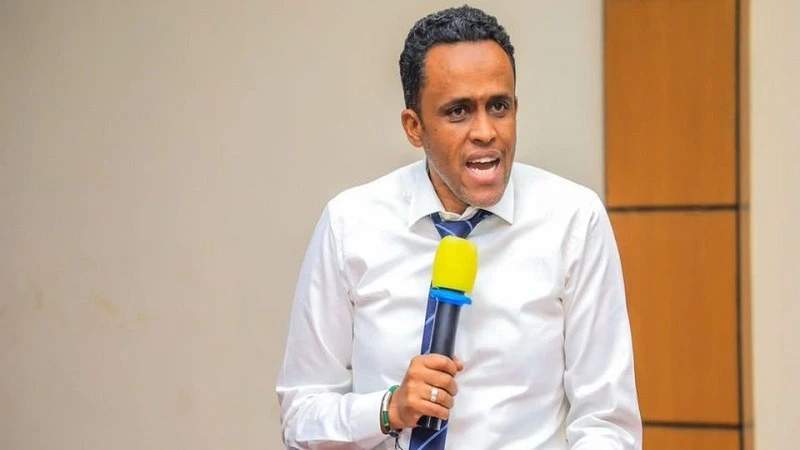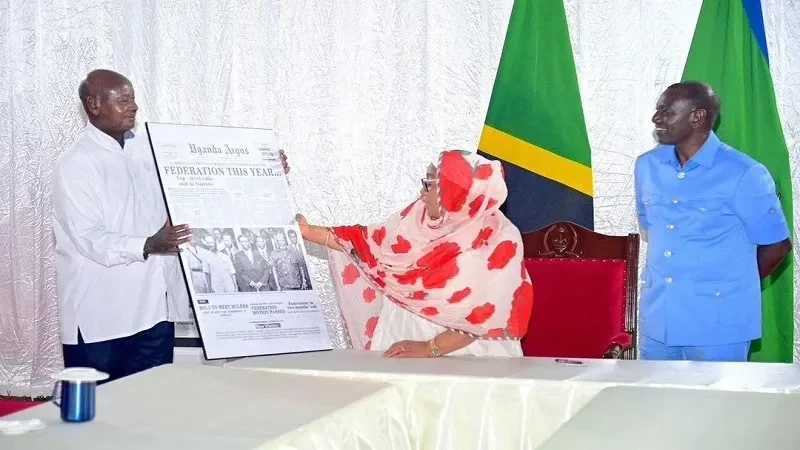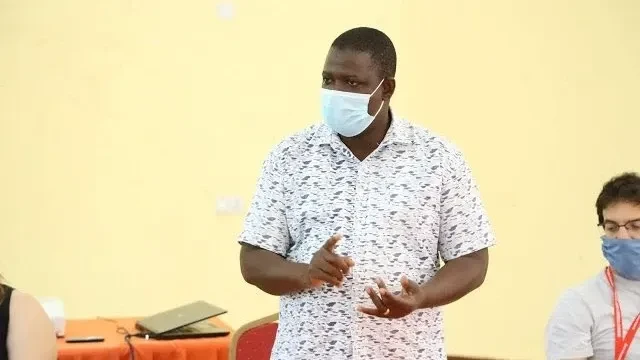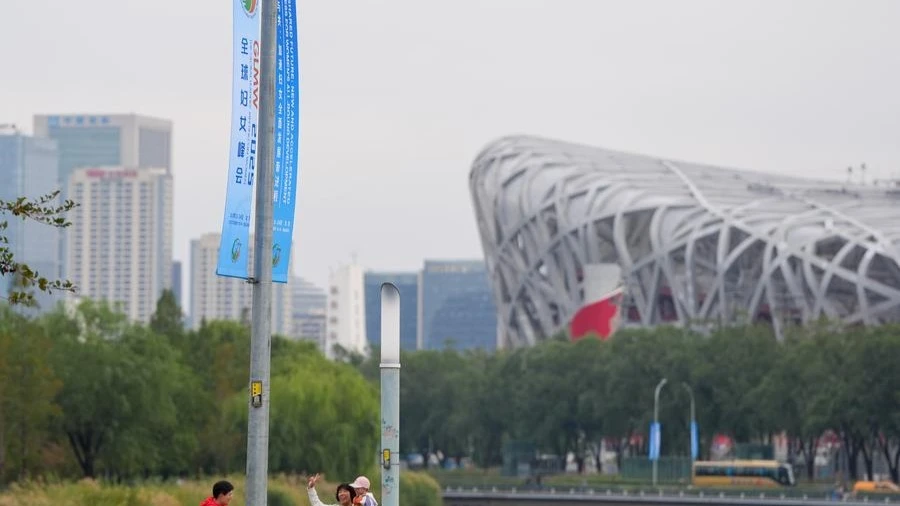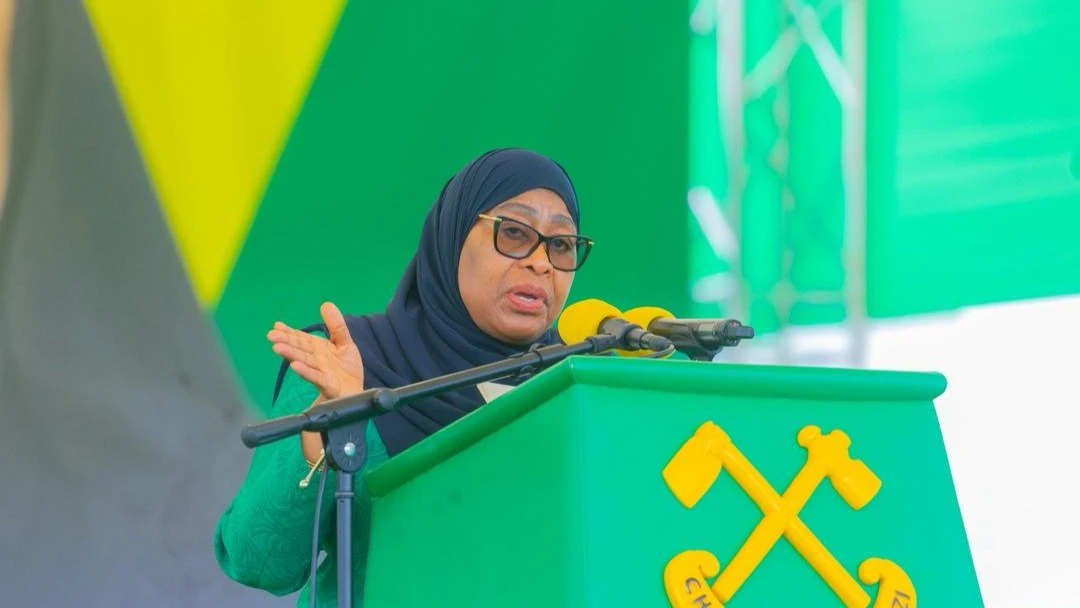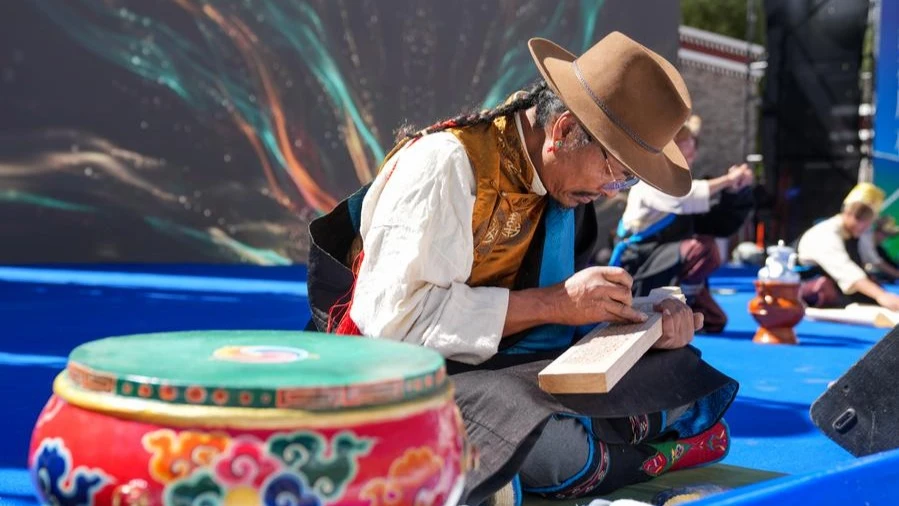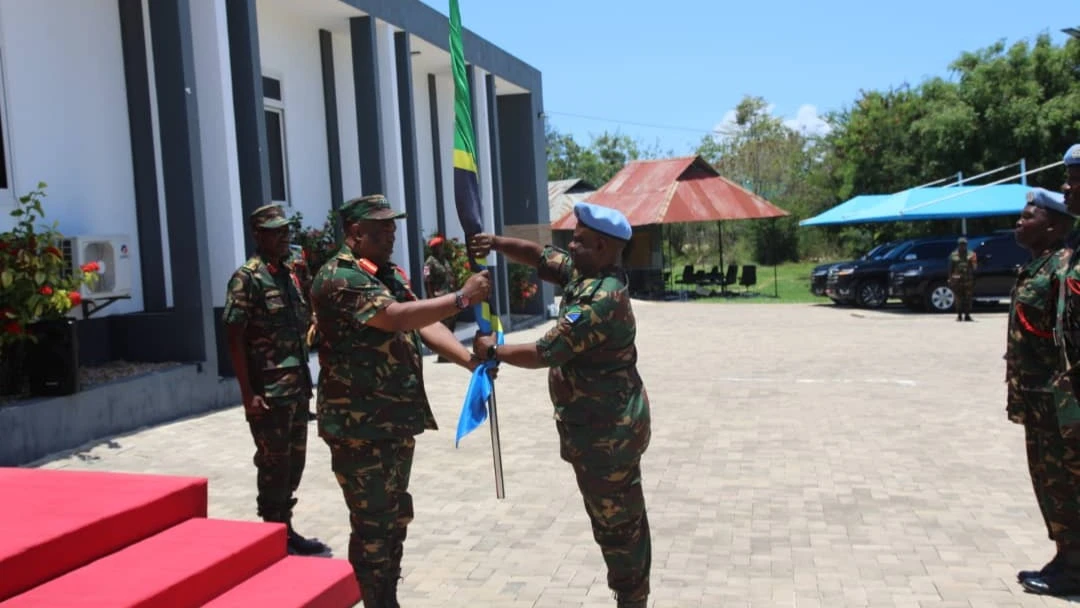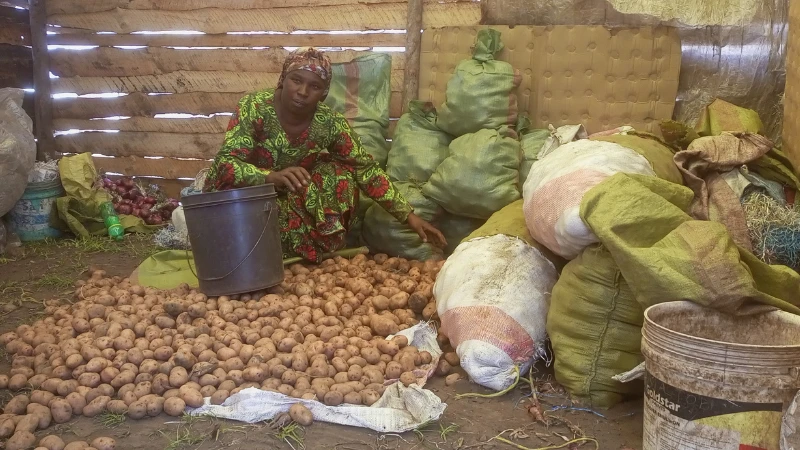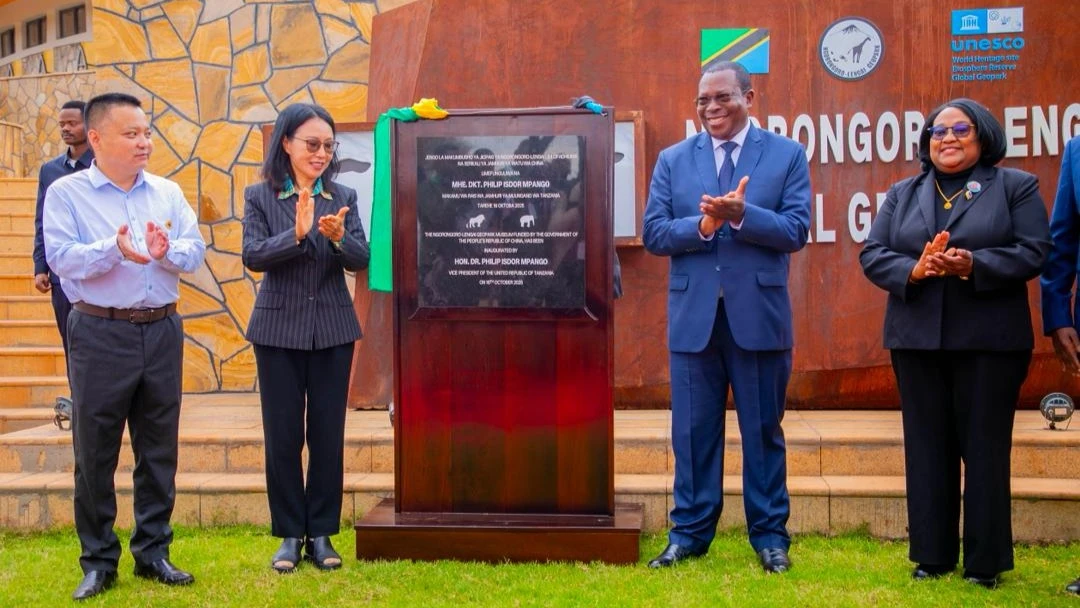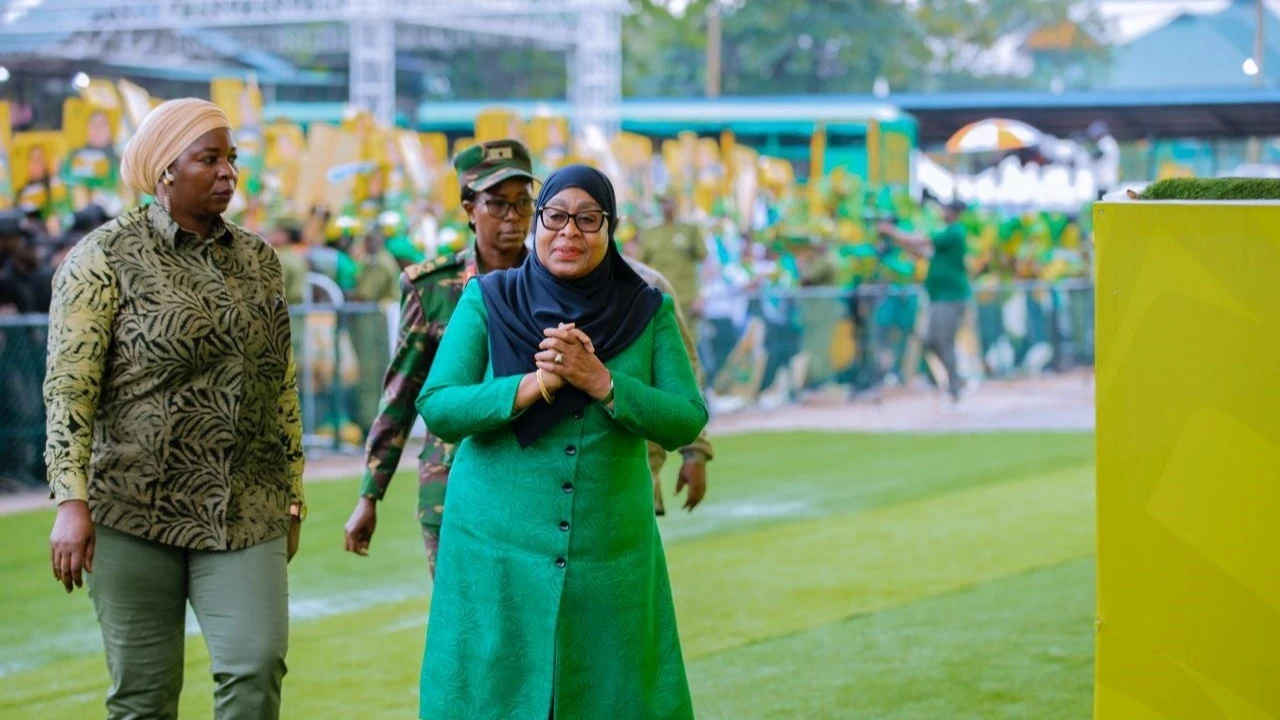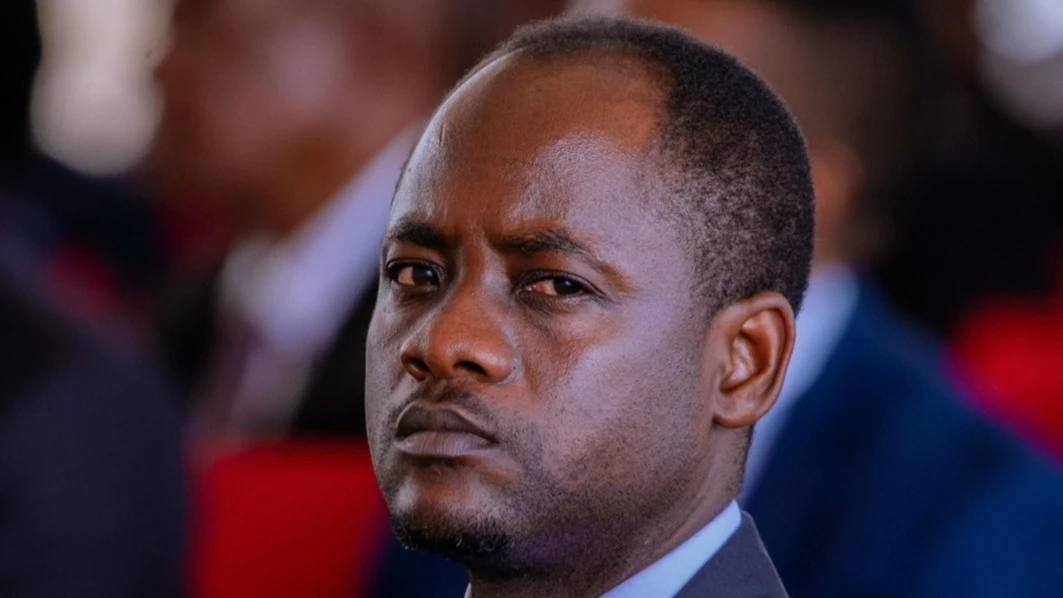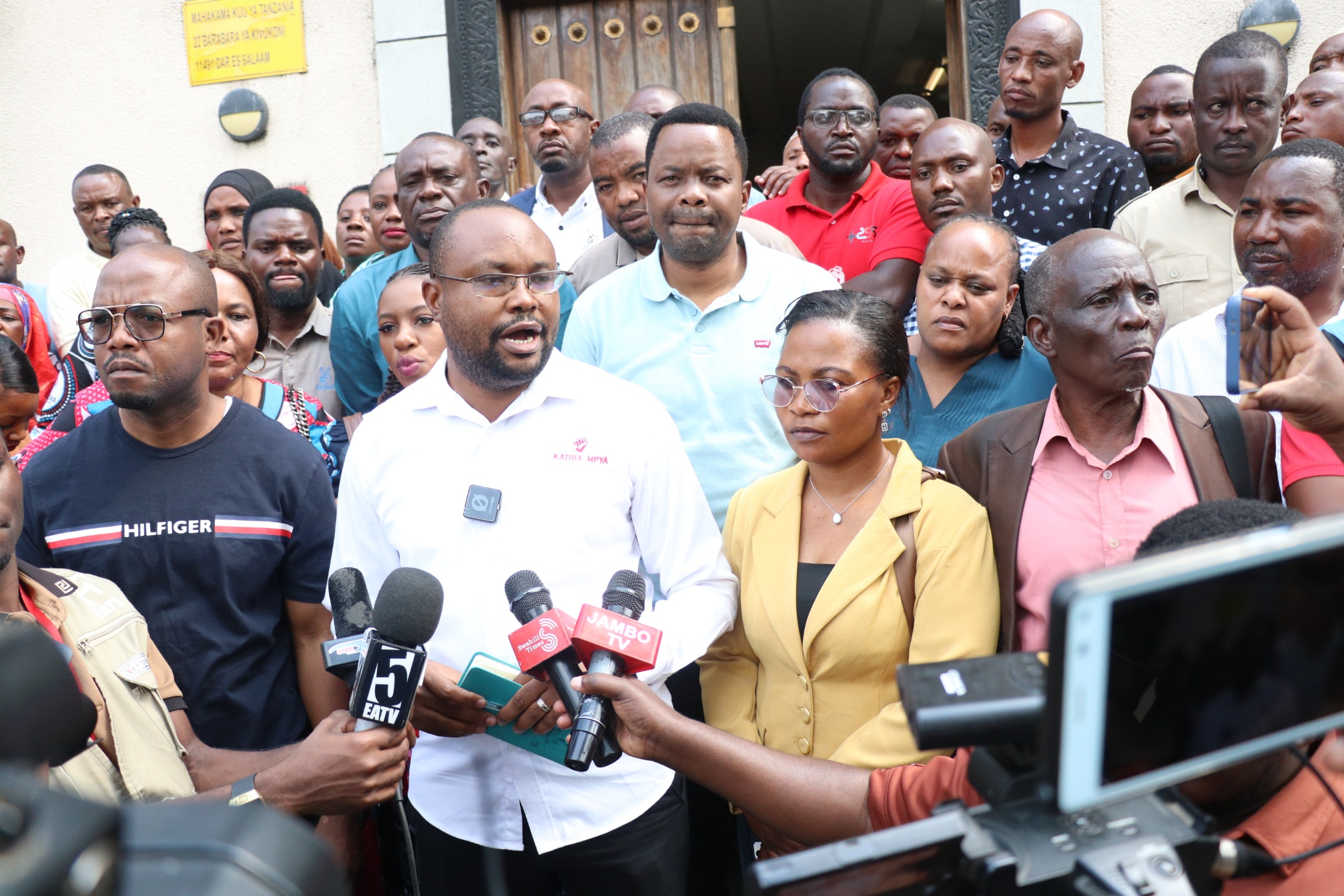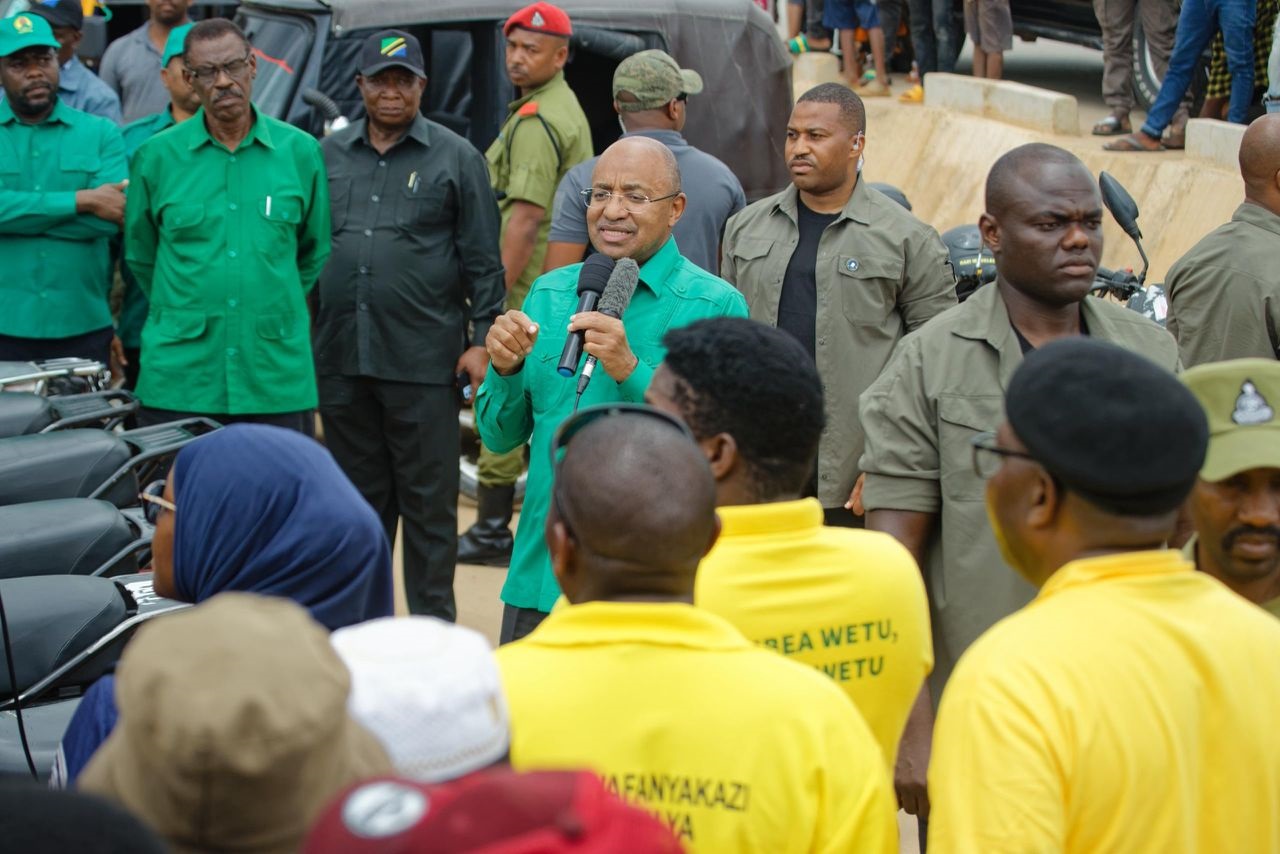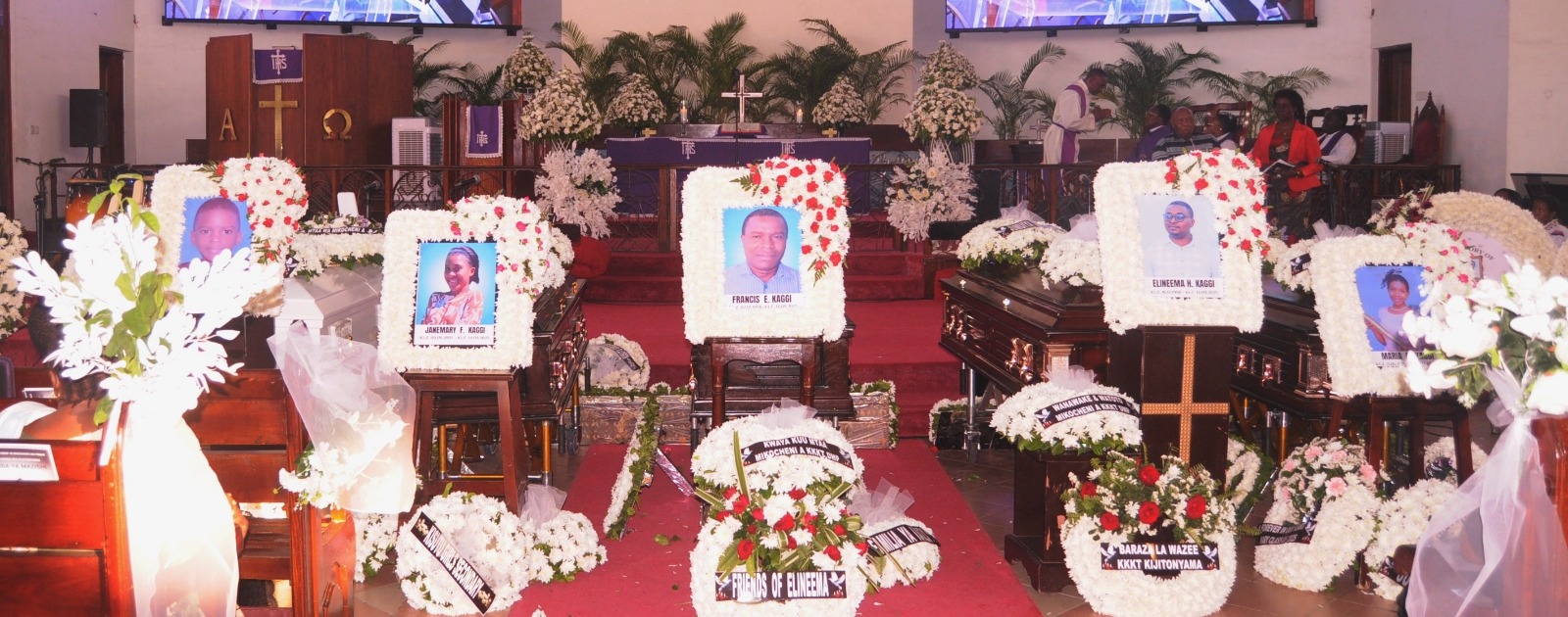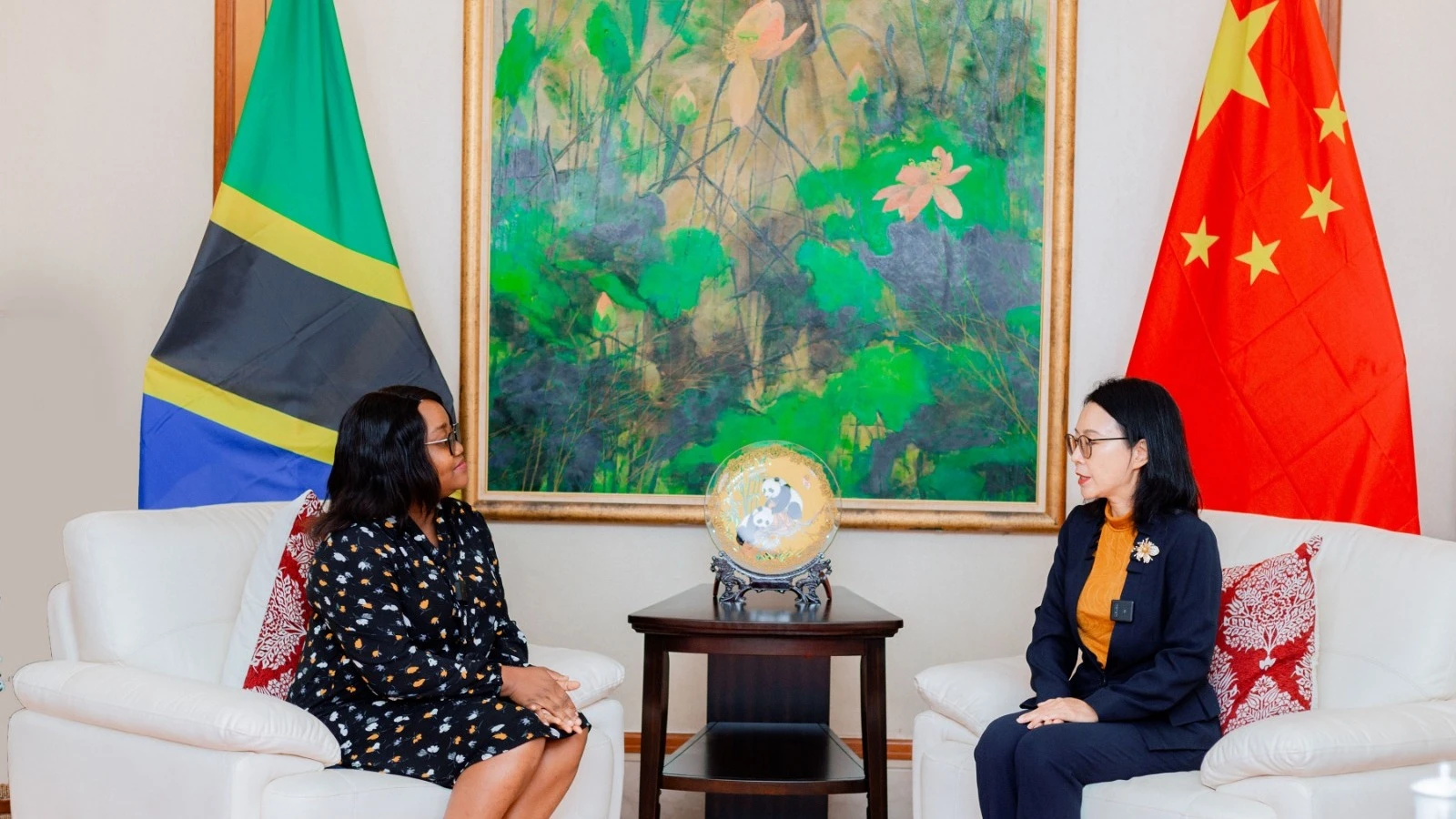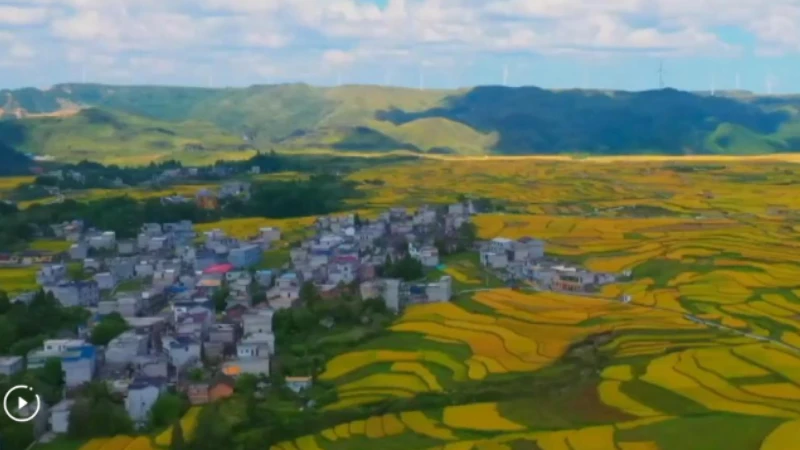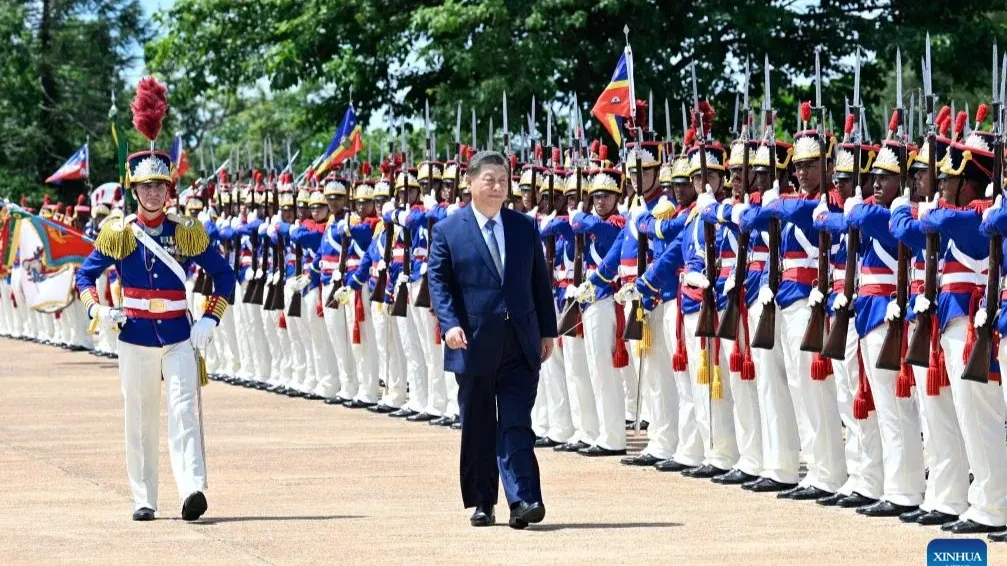From support to self-reliance: TASAF’s impact on families and community-led projects
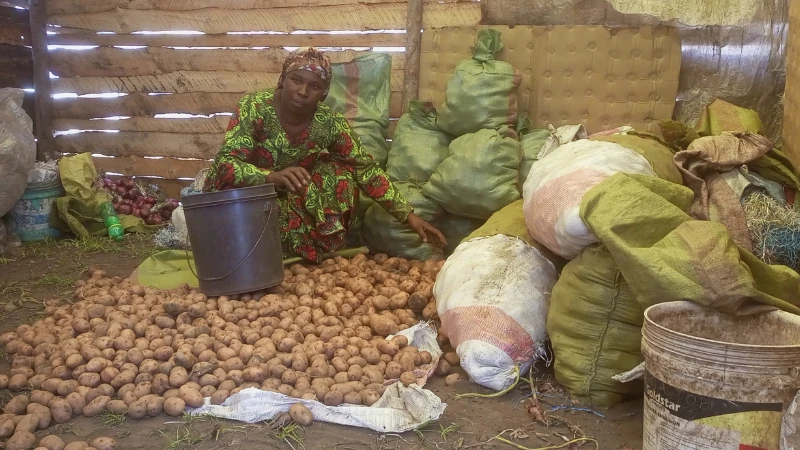
THE Tanzania Social Action Fund (TASAF) has made significant strides in uplifting low-income earners from extreme poverty over the past four years under the sixth government regime of President Dr. Samia Suluhu Hassan.
Thousands of beneficiaries from unprivileged poor households attest to be uplifted with the country’s flagship poverty alleviation program which has pulled them to establishing progressive income-generating activities.
In June 1999, the government launched the National Development Vision 2025, aiming to elevate at least half of the population living in abject poverty to middle-income status by the end of 2025 with TASAF program being a key component in achieving this Vision commenced early 2000.
Jafar Winga (26) a resident of Itende Kati Street in Itende Ward of Mbeya City Council says that he and his young sister Gloria (23) were raised by their grandmother since he was four years old after their parents divorced.
At the home of their grandmother, Moza, who passed away in 2021, lived seven grandchildren five of whom were five boys who slept in a hut used as a kitchen in day time and two granddaughters who slept with their grandmother in a one-room-old-mud house roofed with grasses.
He asserts that they used to sleep on mats. Today, the house has been roofed with iron sheets thanks to President Samia Suluhu Hassan’s leadership for its dedicated initiatives to uplift people’s lives through TASAF.
In 2015, this family was found eligible for the TASAF program. Life improved from one meal a day afforded with the help of neighbors to three meals, an impact attributed to an avocado retail business established with TASAF grants.
His gratitude to President Dr. Samia resonates with Article 8 (1) (b) of the Constitution of the United Republic of Tanzania 1977 which specifically high[1]lights the primary responsibility of the government as being to safeguard the people’s welfare.
The government’s initiatives to uplift people’s livelihoods through TASAF reflects Article 9 (d) of the Constitution which affirm that state authorities and its agencies shall direct their policies and programmes towards ensuring that the national economy is planned and promoted in a balanced and integrated manner to equally benefit all citizens.
Winga graduated with a Bachelor of Arts in Education at the Catholic University of Mbeya in June 2025. He is currently engaged in a baked bricks business to generate income while trying to capitalize on teaching employment opportunities.
The bricks business that he established soon after graduating from the university has enabled him to open a salon that earns him between 6,000/- and 10,000/- on a daily basis.
Sarah Mwandima (48) Itezi Mlimani Street resident in Nsalaga Ward says she started off with a 44,000/- monthly grant.
Abandoned by her husband in 2008 with five children Mwandima says: “I lived a life of misery after being abandoned by my husband until 2015 when I was enrolled in the TASAF’s programme to uplift poor households,”
The grant helped her establish an Irish potato business. Started off with a sixty-kilogram sack valued at 40,000/-, selling it on retail and generating a profit of 17,000/-. She currently sells ten sacks earning 170,000/- in net profit.
To this end, Mwandima has managed to secure eight acres of land using them for farming activities alongside keeping two donkeys.
She received an additional 350,000/- productive grant early this year. The grant is helping her in managing the eight-acre irrigation farm in Kajima where she grows Irish potatoes, onions, beans and carrots.
“I used to work on wheat plantations in the Ndundu area earning 5,000/- per acre,” she says.
Mwandima says that TASAF’s productive grants reflects this year’s International Day for the Eradication of Poverty today, themed “Ending social and institutional maltreatment: Ensuring respect and effective support for families” celebrated October 17th of each year.
Fasinesi Tubalaje (43) Imbega Street resident in Iziwa Ward started receiving a grant of 48,000/- in 2015. When her household was enrolled as part of the program, they could not afford three meals a day, they lived by relying on the bush-fetched firewood business.
She started by renting a quarter of an acre for farming for 15,000/- with TASAF grants, witnessing her progress from raising a chickens flock, goats to a dairy cow alongside three acre of land for farming.
Tubalaje has risen from living in a one-room house to adding two two-bedroom houses.
The mother of four children could not afford to buy clothes for herself and her children. Her children went to primary and secondary school with the help of TASAF.
In Tembela Ward, resides Elina Mwasyoke (53) who started receiving a grant of 44,000/- in late 2015 which she invested in a traditional baskets business.
After enduring health disorder for several years, she finally established the business after receiving a
She is also a beneficiary of a 350,000/- productive grant which she invested in the business.
She sells between 10 and 20 baskets per week, making baskets of different sizes and colours, selling them for 5,000/- and 7,000/-.
Yassin Mkwepu, TASAF Monitoring Officer in Mbeya City Council says that the city council is formed of 181 MTAA’s of which 176 are covered by the program to uplift poor households. I
In its first phase, 127 MTAA’s were reached and the second phase was implemented in the remaining MTAAs.
He says that the program implements Public Works Programs (PWPs) that aims to address challenges facing the communities.
Mkwepu asserts that 2,144 households have received productive grants worth 700mn/- so that they can participate in income generating activities.
To date, he said, 1,500 households have graduated from the programme.
The same spirit of empowerment extends into infrastructure and public works projects across Mbeya. Abel Mbega (30), Isengo Street resident in Iziwa Ward, Mbeya City Council, smiles and says:
“The government has certainly worked on our most frustrating plight. We are relieved and very happy with the implementation of this wooden bridge project”.
Mbega, a farmer and pastoralist says that the abundance of livestock pastures are found on the Mbeya District Council side where the crossing of livestock required the bridge especially during the rainy season when the Iziwa River floods.
“Thanks to President Dr. Samia Suluhu Hassan for investing in TASAF projects that have always directly impacted Tanzanian rural communities’ livelihoods”, says Mbega.
Veronica Mwamboneke (26), an Isengo resident, says that the presence of a government secondary school on the other side of the Mbalizi Mountains required a bridge.
The mother of three schooling children says that during the rainy season, students had to stay home for weeks due to the river flooding, which poses safety threats if they could cross it over laid logs.
“I am grateful that TASAF has given us peace of mind by ensuring the safety of our children when they cross the Iziwa River to school especially during the rainy season”, says Mwamboneke.
Lameck Paul, Isengo Street Chairman in Iziwa Ward Mbeya City Council says that before the TASAF wooden bridge project, there was a single log that was unsafe to walk on to the other side, especially during the rainy season.
The bridge connects Ihombe Ward, which borders Mbeya District Council, with an earth road stretching from Mbeya City Council.
The wooden bridge has eased the transportation of agricultural products from one side of the neighborhood to the other.
“This bridge has made it easier for farmers to transport agricultural products such as round potatoes, avocados, maize, cassava and vegetables,” says Paul.
Paul says that on one side there are farms, residential houses, while on the other side there are schools, a hospital and local government offices. Cars weighing five tons can pass over this wooden bridge.
The community participated in the construction while TASAF provided construction materials and paid for the technical costs. The bridge is used by approximately 500 people on a daily basis.
Residents of Imbega, Isumbi, Ilungu, Iduda villages and Nzoho Ward are just some villagers whom the bridge project has brought them comfort.
The project also involved the rehabilitation of the 375-meter long Ihombe earth road, providing temporary employment to 29 beneficiaries who were paid a total wage worth 4.9mn/- while construction materials fetched 1.7mn/-.
Mariam Yahaya, Isengo resident, says previously agro products bulk buyers were unable to make it to the farms to purchase produce because they needed three-wheeled motorcycles which couldn’t cross the river.
“The wooden bridge has been an economic opportunity for farmers and herders. Now they have the freedom to choose which side to sell their produce to, unlike before, when they had to rely more on a one-way market due to absence of the bridge”, says Yahaya.
On the other side of Mbeya City Council, Herry Mdoligo, Tembela Ward Community Management Committee Chairman says that within the ward, in Reli Street, a project to improve the water spring has been implemented with funding from TASAF.
He says the project was a priority for 44 beneficiaries of the livelihood improvement program. A water reservoir was built beneath the spring to harness, collect and channel water so that people can easily fetch it.
“This project was implemented last year and benefits three streets domiciled with more than 800 people. Before this project the area was not friendly to women and children as mud was all over the place”, says Mdoligo.
Joyce Msigwa, a Reli Street resident, says she has lived in the street since 2007 when the area was surrounded by banana farms. As the destruction continued, it threatened the sustainability and safety of the perennial spring.
“I thank the government and President Samia for bringing us this project through TASAF which has ensured us easy access to clean water”, said Msigwa.
Magdalena Ngenzi, TASAF Assistant Coordinator Mbeya City Council says a total of 5,762 beneficiaries were identified, targeted and enrolled to benefit from grants since 2015.
According to her, the city council has implemented PWP projects which provide short-term employment where 105 projects have been implemented so far.
During the period, 538.56mn/- was disbursed in wages to citizens who participated in the implementation of the projects by doing various tasks in their communities.
“The 105 projects have been implemented with equipment costing 124.65mn/-. Of these projects, 77 involved the rehabilitation and construction of earth roads;
16 involved the construction of wooden bridges, eight water canals, a water source rehabilitation project and installation of pelvic stones in three primary and secondary schools”, says Ngenzi.
Between the 2021/2022 and 2024/2025 financial years, TASAF has successfully implemented 32,747 Public Works (PWP) sub-projects nationwide, spanning diverse sectors.
This achievement underscores the Fund’s unwavering commitment to advancing community development and reducing poverty across Tanzania.
Road infrastructure accounted for the largest share, with 17,019(52%) sub-projects implemented, collectively improving accessibility across 51,371kilometres.
Water-related interventions followed closely, with 8,904 (27.2%) sub-projects that significantly enhanced access to clean and reliable water in targeted communities.
Forestry initiatives contributed 4,331(13.2%) sub-projects, leading to the planting of over 3 million trees. Additional interventions included agriculture and irrigation 722(2.2%) sub[1]projects, environmental conservation 499(1.5%), and soil and water conservation 1,272(3.9%).
Collectively, these efforts underscore TASAF’s strategic role in combating poverty by spearheading rural transformation through labor-intensive projects that not only generate employment but also create sustain[1]able community assets.
A total of 266 beneficiary groups were formed and registered with the Bank of Tanzania (BoT) since 2015.
The groups have a total of 3,485 beneficiaries having a sum of 153.80mn/- in savings. Members of the groups have been able to lend each other about 82.21mn/-.
“TASAF has also been able to implement the productive grants initiatives aimed at extending 350,000/- to the beneficiary families to establish small businesses;
A total of 244 households representatives have been provided with the grant, where 750.4mn/- was extended to them”, says Ngenzi.
All beneficiaries of the productive grants have graduated from the programme as of September this year after their living standards improved and their IGAs strengthened.
In terms of education-related grants, Mbeya City Council through TASAF has enabled 63 university students by covering 100 percent of their higher education costs.
“I commend President Dr. Samia for putting in place strong policies to ensure that citizens from poor back[1]grounds are enrolled in the project and are economically and socially uplifted”, says Ngenzi.
Under the leadership of Executive Director, Shedrack Mziray, TASAF has undergone significant operational improvements, ensuring transparency, efficiency and accountability.
His leadership has been instrumental in refining beneficiary identification processes, reducing inefficiencies and enhancing monitoring systems.
Mziray has championed the use of data-driven approaches to track the impact of TASAF’s programs, ensuring that resources are effectively distributed.
His tenure has also been marked by the strengthening of partnerships with international development agencies and financial institutions, allowing more sustainable funding and strategic collaborations.
President Dr. Samia Suluhu Hassan has been instrumental in TASAF’s success by ensuring continued funding, enhancing program oversight and advocating for social protection policies. Her government has allocated increased resources to TASAF, demonstrating a strong commitment to poverty reduction.
Under her administration, TASAF has also strengthened collaboration with international donors and development partners, ensuring sustainability and expansion of social protection programs. Beyond financial resources, President Samia has emphasized account[1]ability and transparency in TASAF’s operations.
By establishing rigorous monitoring mechanisms and enhancing data-driven decision-making, her government has ensured that TASAF funds reach the intended beneficiaries effectively.
Furthermore, she has advocated for policy reforms aimed at integrating social protection into the broader national TASAF’s role in the fight against poverty.
Top Headlines
© 2025 IPPMEDIA.COM. ALL RIGHTS RESERVED



